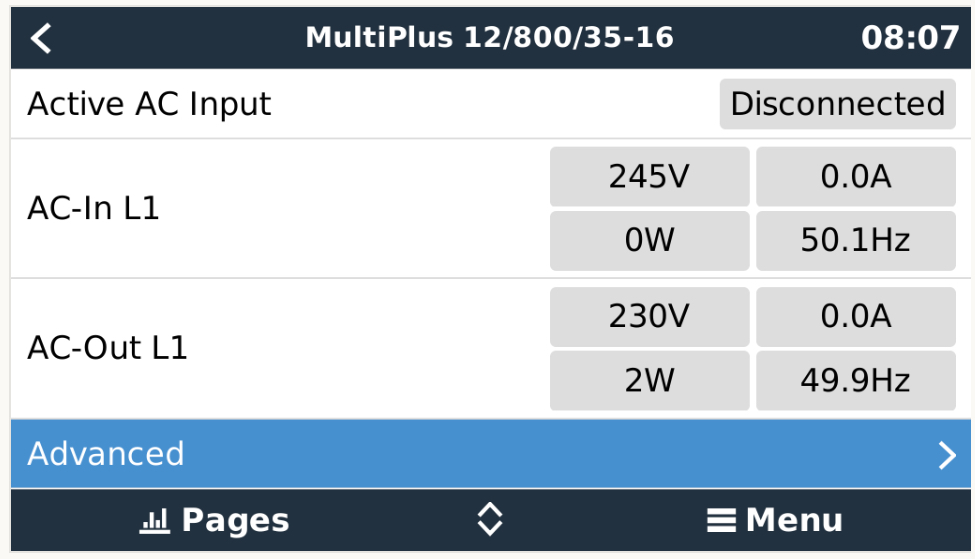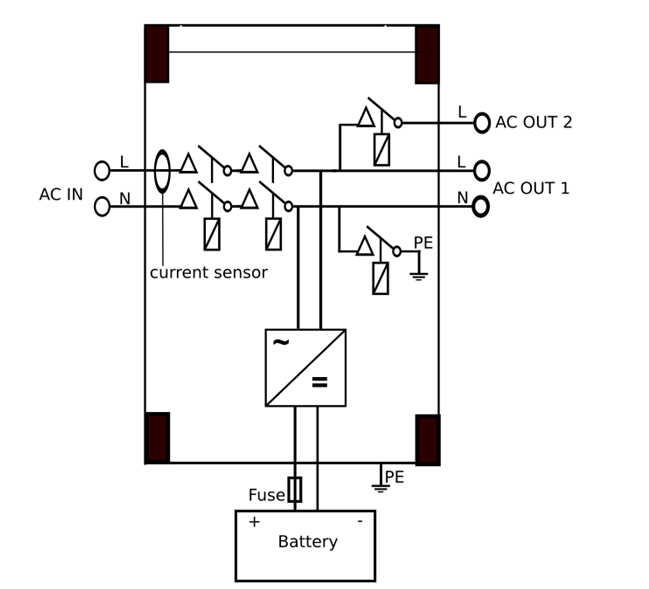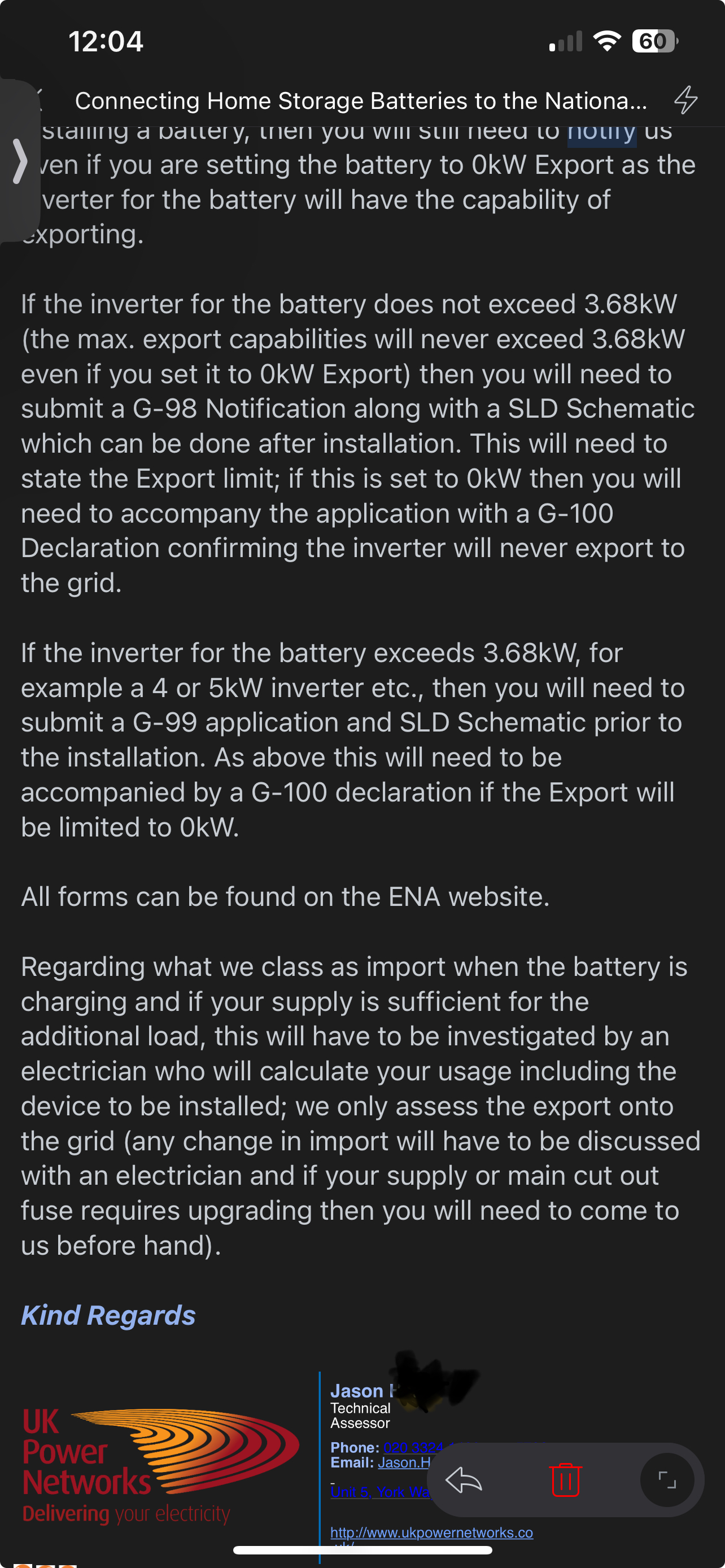I have recently acquired 20kwh of batteries, I already have 4kw solar panels. I plan to get a multiplus2 to charge the batteries on an economy 7 tariff (I'm in the UK) for cheap rate charging, then once normal rate kicks in, I want the inverter to totally disconnect itself from the grid, so there is no feed in, and I'm totally off grid, until midnight when economy 7 starts, and yhe inverters contactor to the grid engages again to charge the batteries. To me , I regard this simply as an appliance like a fridge , or an immersion heater, which don't need grid permissions (I.e. red tape and bureaucracy with extra expence) I am an a tight budget, and dispise paying people just for a piece of paper.
So can this charging method be used and go totally off grid from the inverters output side?




